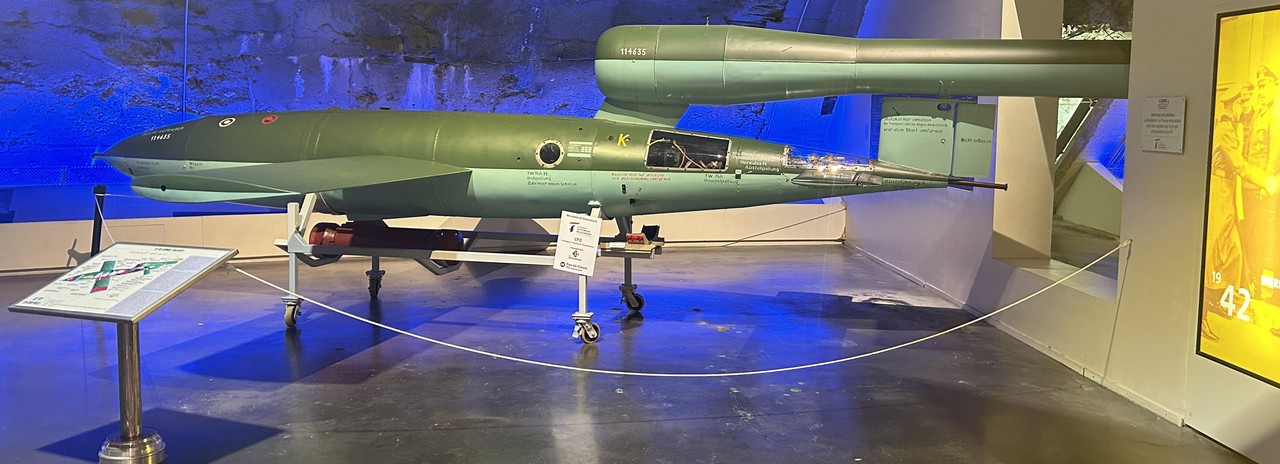At the beginning of the 20th century, several pioneers attempted to demonstrate that it was possible to travel through space. They were the founders of a new science: astrophysics. In the aftermath of the First World War, passionate scientists joined together to try and create the first rockets.
In 1930, the German army launched a rocket research programme to circumvent the restrictions of the Treaty of Versailles. They recruited scientists, including Werner Von Braun in 1932. Hitler's rise to power in 1933 boosted the army's budgets, and in 1936 they decided to build an ultra-modern research centre at Peenemünde (in the Baltic).
Here, the army developed the A4-V2 rocket, achieving a technological feat. Capable of carrying 900kg of explosives over 300km, it was the first ballistic missile in history and the first object to fly above the stratosphere. The first successful flight took place on 3 October 1942, breaking records for altitude (a height of 90km) and speed (5,500km/h).
At the same time, the Luftwaffe developed the Fi-103 V1 flying bomb, to be catapulted from a launch pad. Its pulse reactor made it a terrifying psychological weapon with its emblematic purr. It had a payload of 840kg of TNT and could travel a distance of 230 km.
To launch these weapons, two solutions were chosen: mobile bases on launching ramps that were easy to move and conceal, and heavy bases called Sonderbauten (special constructions) used for storage and launch preparation. Five heavy bases were built in the Cotentin region, and as many in Nord-Pas-de-Calais: Lottinghem and Siracourt for the V1s, the Eperlecques blockhouse and La Coupole for the V2s, and Mimoyecques for the V3.
The V weapons were manufactured in the Mittelwerk factory by deportees from the Mittelbau-Dora camp, 20,000 of whom died on the job.
In retaliation for the Normandy landings, 9,250 V1s were fired from France between 13 June and the end of August 1944. Additionally, 3,200 V2s were fired from the Benelux countries and Germany between 8 September and March 1945. More than 15,000 people were killed, mainly in London and Antwerp.
